In the complex world of commercial HVAC (Heating, Ventilation, and Air Conditioning) systems, the term "air balancing" might not be in the common vernacular, but its significance cannot be overstated. A well-balanced HVAC system is crucial for maintaining optimal indoor air quality, energy efficiency, and overall comfort within a commercial space.
Understanding Air Balancing
Air balancing is the process of adjusting and regulating the distribution of air throughout a building to ensure that each space receives the right amount of conditioned air. This involves adjusting dampers, fans, and other system components to achieve a harmonious airflow. The goal is to maintain consistent temperature and air quality levels in all areas of the building, preventing hot or cold spots and ensuring a comfortable environment for occupants.
Signs That Your System Needs Rebalancing
Even the most advanced HVAC systems can experience imbalances over time. Recognising the signs early can help prevent potential issues and ensure the system operates efficiently. Some key indicators that your commercial HVAC system may need rebalancing include:
Uneven Temperatures: If certain areas of your building consistently feel too hot or too cold, it could be a sign that the airflow distribution is uneven.
Excessive Energy Consumption: A sudden spike in energy bills without a corresponding increase in usage may indicate that the HVAC system is working harder than necessary, possibly due to imbalances.
Increased Complaints from Occupants: An uptick in complaints about discomfort, stuffiness, or poor air quality from building occupants should not be ignored. These can be symptomatic of an imbalanced system.
Excessive Noise: Unusual sounds emanating from the HVAC system, such as banging or rattling, may indicate issues with airflow, and rebalancing may be required.
Causes of Imbalances
Several factors can contribute to imbalances in commercial HVAC systems. Identifying and addressing these issues promptly is essential to maintain system efficiency. Some common causes include:
Ductwork Issues: Poorly designed or improperly installed ductwork can impede the smooth flow of air, leading to imbalances.
Blocked Vents or Grilles: Obstructed vents or grilles can disrupt the airflow and create pressure imbalances within the system.
Equipment Malfunctions: Faulty components, such as dampers, fans, or sensors, can compromise the system's ability to maintain proper balance.
Changes in Building Usage: Modifications to the building layout, occupancy, or purpose can impact the original HVAC system design, necessitating rebalancing.
Importance of Regular Air Balancing
Regular air balancing is not just a reactive measure; it is a proactive approach to maintaining an efficient and comfortable indoor environment. Properly balanced HVAC systems offer several benefits, including:
Energy Efficiency: A balanced system operates more efficiently, reducing energy consumption and lowering utility costs.
Extended Equipment Life: By preventing overworking of HVAC components, air balancing can contribute to the longevity of the system.
Enhanced Comfort: Consistent airflow ensures uniform temperatures and air quality, creating a comfortable environment for occupants.
Compliance with Regulations: Many building codes and standards mandate proper air balancing to meet ventilation and indoor air quality requirements.
The importance of balancing a commercial HVAC system cannot be overstressed. Regular air balancing not only addresses existing issues but also helps prevent potential problems, ensuring the system operates at its peak efficiency, providing comfort to occupants, and contributing to overall energy conservation. Investing in professional air balancing services is a proactive step toward maintaining a healthy and productive indoor environment in commercial spaces. To find out if your system needs balancing, contact our expert HVAC team at MPE Group today.

